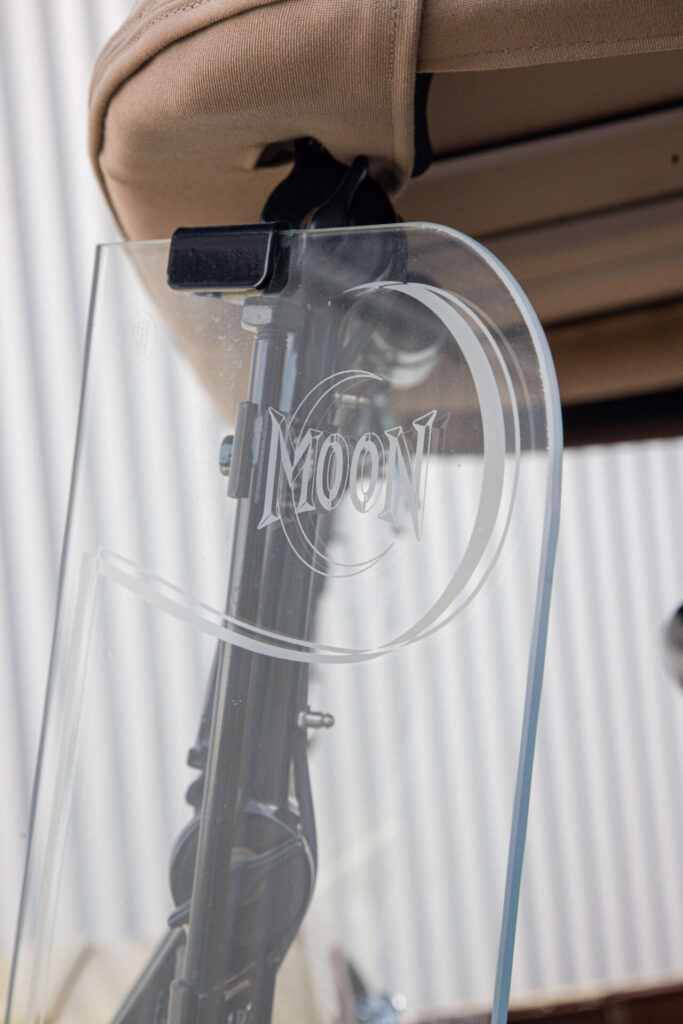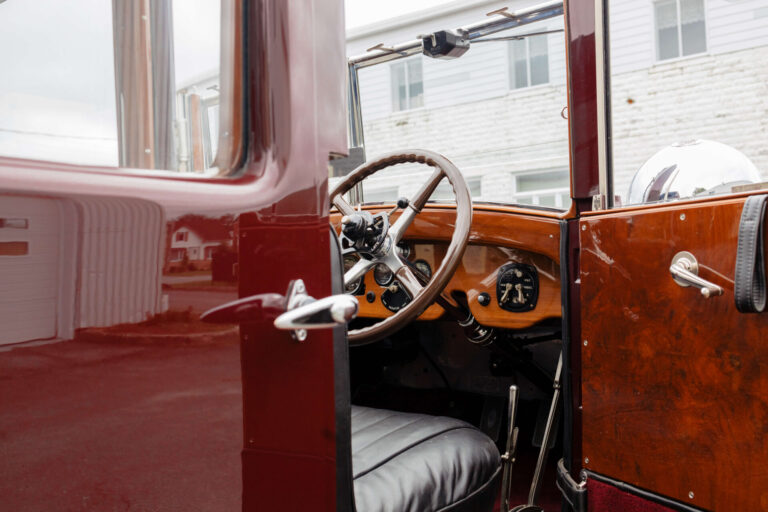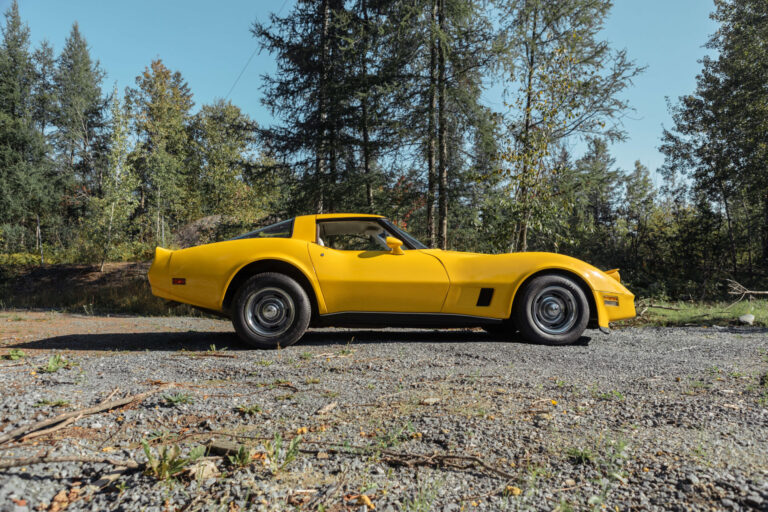The Automotive Dream “One man and his dream had not simply left the world with an engine and four wheels; Henry Ford and his Model T had influenced people's everyday lives - where they lived, how they spent their leisure time, even how they viewed themselves.” - Gary...
1923 6-40 Touring Moon
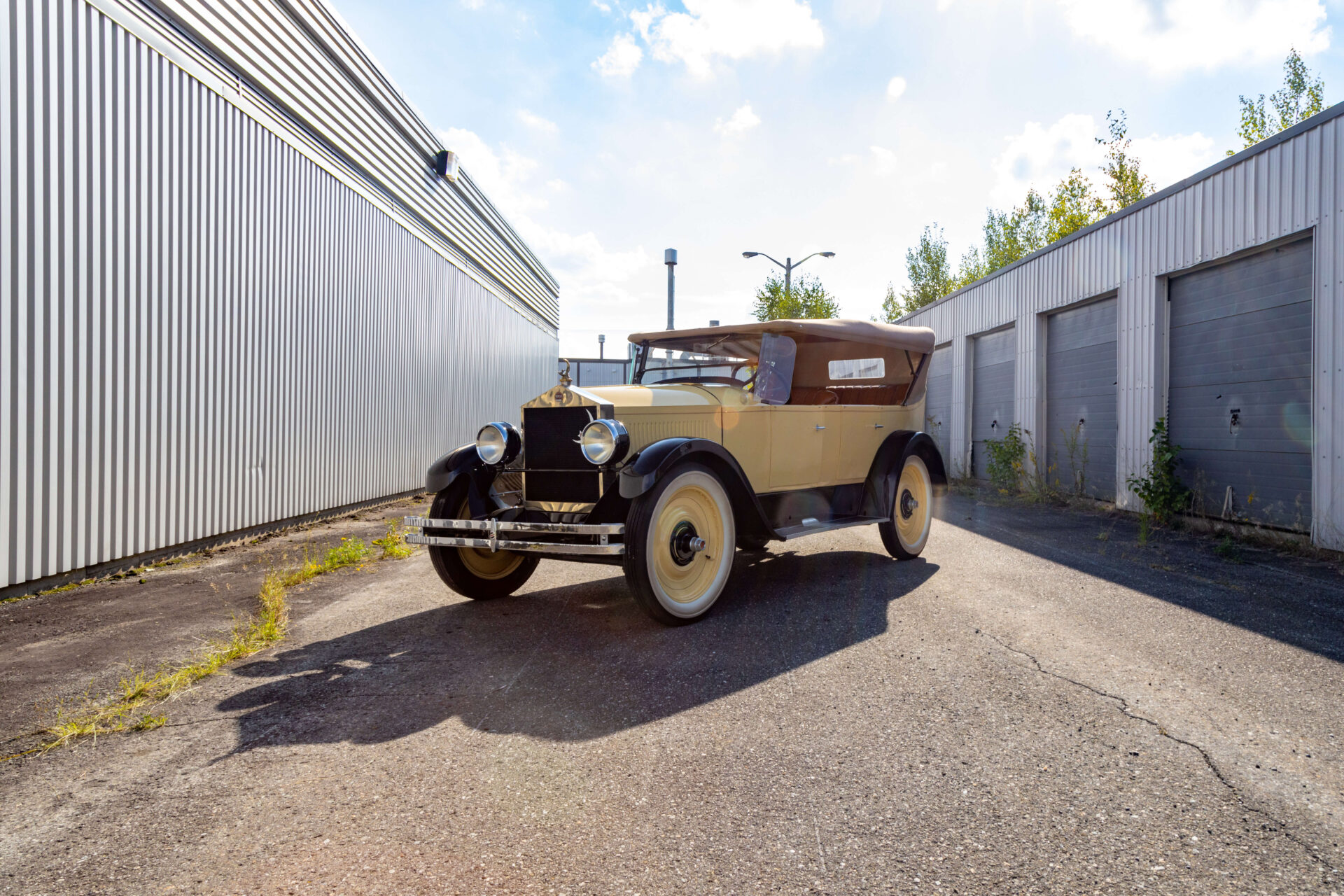
Photo credit - Good Vision Prod
Recent posts
Lagonda 16/80 Special Six 1933
English Touring The car we present to you this week is the Lagonda 16/80 Special Six in the Demers Car Collection. Lagonda was a luxury British car brand that Aston Martin eventually absorbed. Through its association with Aston Martin, it is sometimes hard to remember...
An Introduction to Lagonda
Before Aston Martin “The history of Lagonda cars is synonymous with sophistication, opulence, and groundbreaking performance” - An article for Discovery UK Today, we may recognize the name Lagonda from its association with Aston Martin. Before these two brands...
Cadillac Model A 1903
The Standard of the World “No other American car on the market in the first decade of the century was constructed to higher standards than Cadillac.” - Stephen W. Sears in The Automobile in America Some of you may know that Cadillac has long had the slogan “Standard...
The Ideal American Car
“Long before the Big Three dominated the auto industry, plucky upstarts across the country brought their own ideas (along with myriad hopes and dreams) to the burgeoning industry.” – Saint Louis Style
There was a time before the establishment of the giants of Detroit when a myriad of small automakers proliferated throughout the United States. The majority of these small producers did not survive beyond a few years of business. The Moon Motor Car Company is a good example of this chapter of automotive history. Although it was in operation for a respectable 25 years and was quite well-known in its time, it is close to being forgotten today. The Moon Car Club is still active and trying to keep the orphan Moon cars out of oblivion. The Demers Car Collection proudly owns a 1923 6-40 Touring Moon. Keep reading to learn more about the Moon Motor Car Company, assembled cars and this particular car.
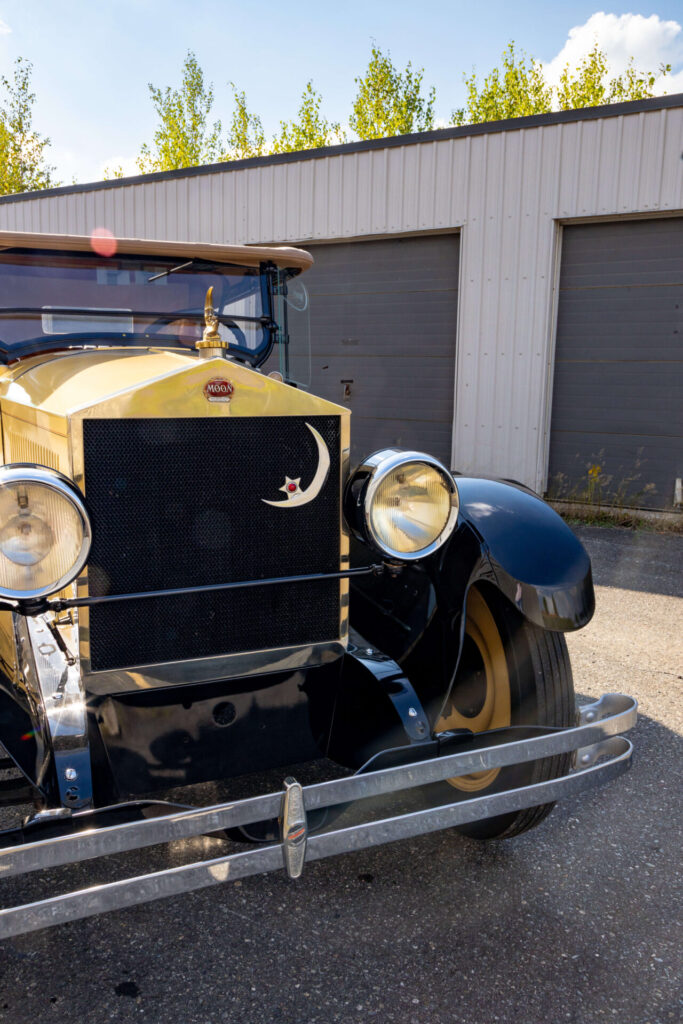
The Moon Motor Car Company
Around the turn of the 20th century, Joseph W. Moon was working in the buggy business in St-Louis, Missouri. He first was exposed to the potential of the automotive industry at a carriage makers’ convention and decided to try to profit from America’s growing interest in motorized buggies. He established the Moon Motor Car Company in 1905 and hired engineer Louis, P. Mooers to produce their first car. The carmaker was one of about 100 others headquartered in the same Saint-Louis.
While most American automotive pioneers entered the market by adapting a buggy to fit a motor, the first Moon was a purpose-built car. It was a conventional and expensive 5-passenger touring vehicle that had a 35 hp, 4-cylinder Rutenberg engine. Over the years, production output increased dramatically, and Moon cars evolved in quality and decreased in price. The St-Louis company built itself a reputation for its quality and craftsmanship.
After Joseph Moon died in 1919, his son-in-law, Stewart McDonald, took over the company. McDonald successfully revamped the image of the brand and invested in advertising. Although his efforts resulted in good sales in the mid-1920s, the automaker produced its last vehicle in 1929. Due to some ill-fated business decisions and due to the widespread economic insecurity caused by the 1929 stock market crash, the New Era Motor Inc. company took over ownership of the Moon Motor Car Company. The 25-years-old company did not survive the dramatic ownership shift to New Era Motor Inc. and closed its doors in 1930.

An Assembled Car
The Moon car was what is called an “assembled” car. Instead of engineering most of its parts, the Moon Car Company sourced them from different suppliers and then “assembled” them together to produce their automobiles. Although some criticized this business choice, Saint-Louis company defended it. According to Moon, assembled cars had the advantage of being able to use the “very best” that existed in the market for every single component of the car. This selective choice of parts would produce a better car than trying to come up with a better component for every car part from scratch. Some of Moon’s advertising declared that the Moon car was the result of “the combined engineering skill of the world,” an acclamation that the public seemed to accept.
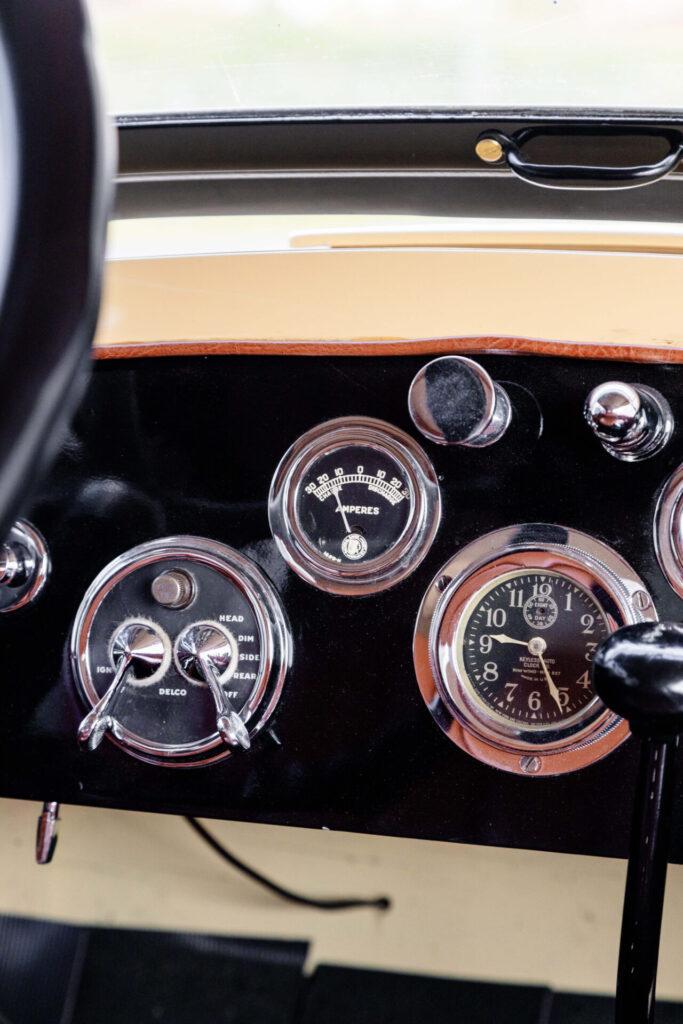
Brand Image and Ads in the Automotive Golden Age
Once McDonald was at the reins of the Moon Motor Car Company, he leaned into the importance of looks. A controversial choice was the adoption of a Rolls-Royce-like radiator in 1919 . It allowed Moon to offer a fancy-looking car at a more reasonable price. This business strategy was quite successful as sales increased steadily. By the 1920s, the Moon Car Company was producing dependable, quality cars that looked distinguished and sold them at a competitive price. From the 25 cars produced in 1905, Moon produced 5,820 cars in 1923. The mid-1920s were the peak production years for Moon. For a while, the Moon vehicles were one of the most popular assembled cars. Thus, McDonald effectively rebranded the cars: They were now known for their style, comfort and color.
Another important managerial shift under McDonalds’ rule of the Moon Motor Car Company was his leveraging of the growing importance of paid publicity. The Saint-Louis Style describes McDonald’s approach to marketing and aesthetics as visionary. McDonald placed Moon car ads in the nationally distributed Saturday Evening Post, thus promoting the brand to millions of readers. Doing so, allowed the Moon Motor Cars Company to lead the discussion on and to create the narrative about their products.
An interesting fact to note is that Errett Lobban Cord, a recognized marketing and sales genius and once owner of the Auburn-Cord-Duesenberg empire, got his start as a salesman of Moon cars. The use of a car’s good looks for publicity and investment in marketing are topics Cord also applied in his own business decisions.
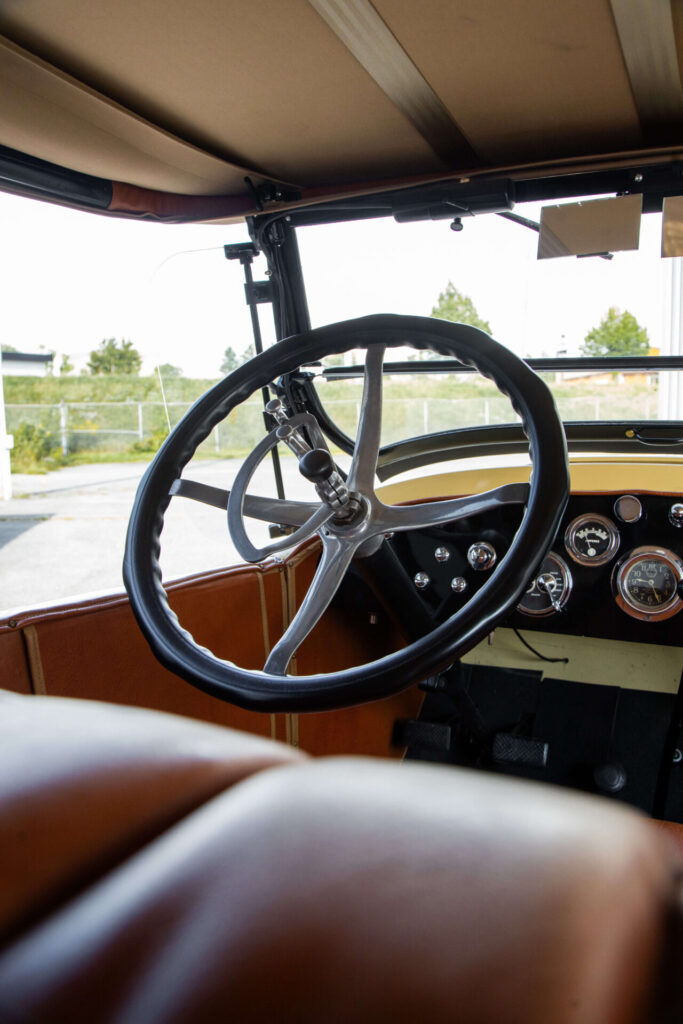
This Particular Moon Car
The Moon car in the Demers Car Collection is the Model 6-40. It was introduced in 1922 as a smaller and cheaper version of a previous Moon model. At $1,295, it was about 25% cheaper than its predecessor. An interesting fact is that all Moon cars exited the 1922 production line in the same shade of Versailles Blue. The color was also a selling point as the average car on the road at that time was either dark blue, dark green or plain black. The characteristic Rolls-Royce-like radiator grill also played a role in differentiating Moon cars from other cars on the road. We believe that the previous owner restored this car to its current condition before its addition to the Demers Car Collection.
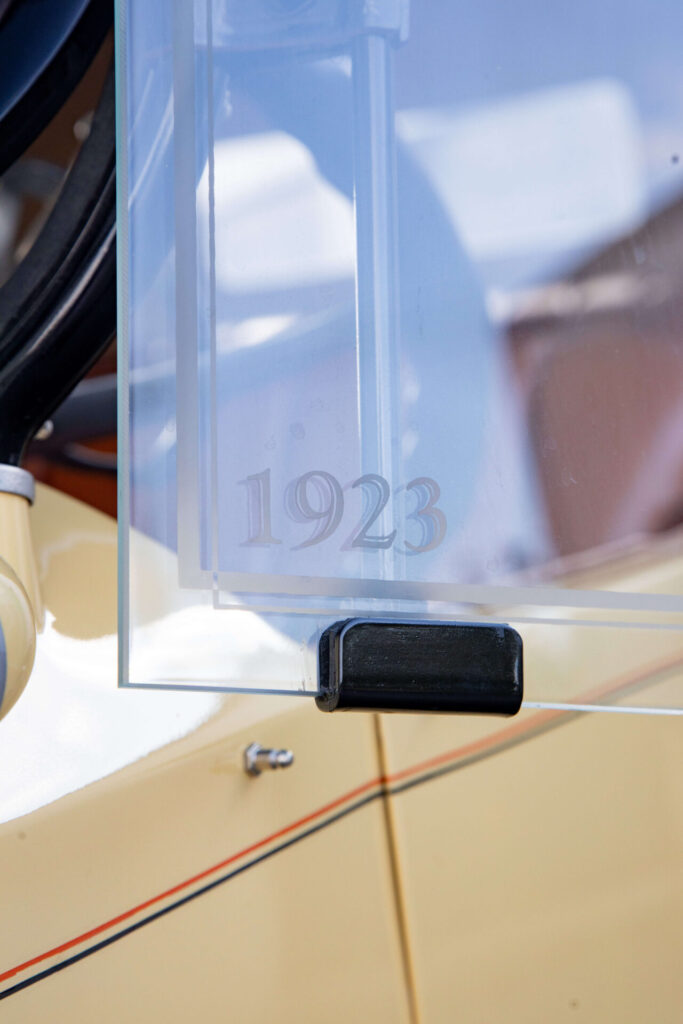
What Now?
Today, Moon cars are quite rare although still popular among some. The activity of the Moon Car Club proves the worth of the Moon cars. Although the original blue of this 6-40 Touring Moon has been repainted, it remains a beautiful example of the Moon Motor Car Company’s craftsmanship. Hopefully, in the care of the Demers Car Collection, this Moon car will not be forgotten. Want to see it in person? Come for a guided tour! Love car history? Don’t miss next week’s blog post on Ferruccio Lamborghini to learn more about the beginning of the iconic Italian brand.
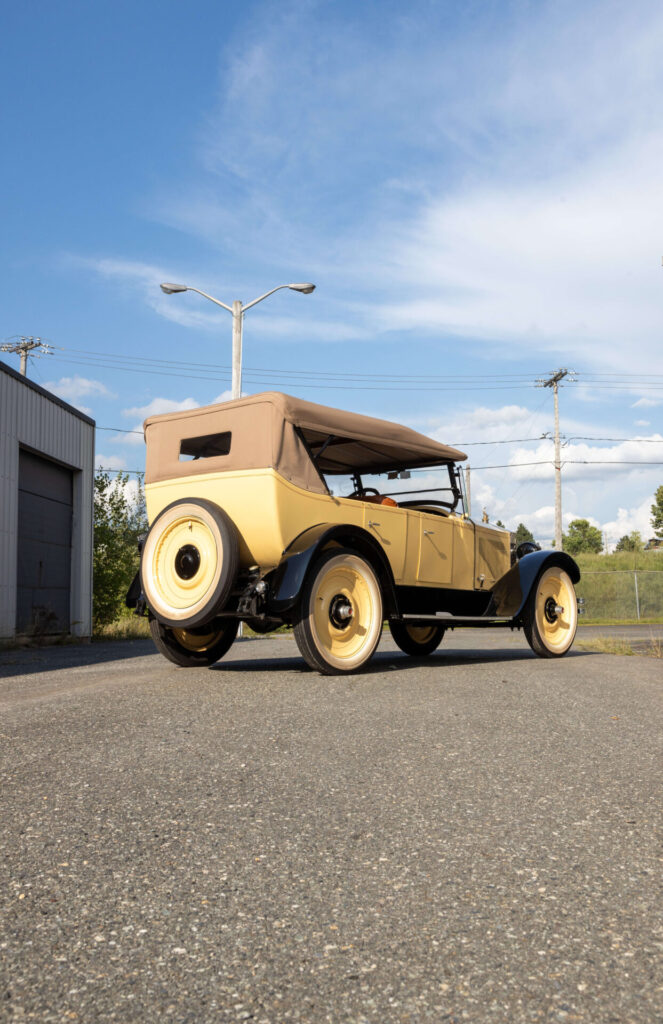
The Nitty Gritty
- 6-cylinder engine
- 115-inch wheelbase
- Weights 2,500 pounds
- 50 hp
